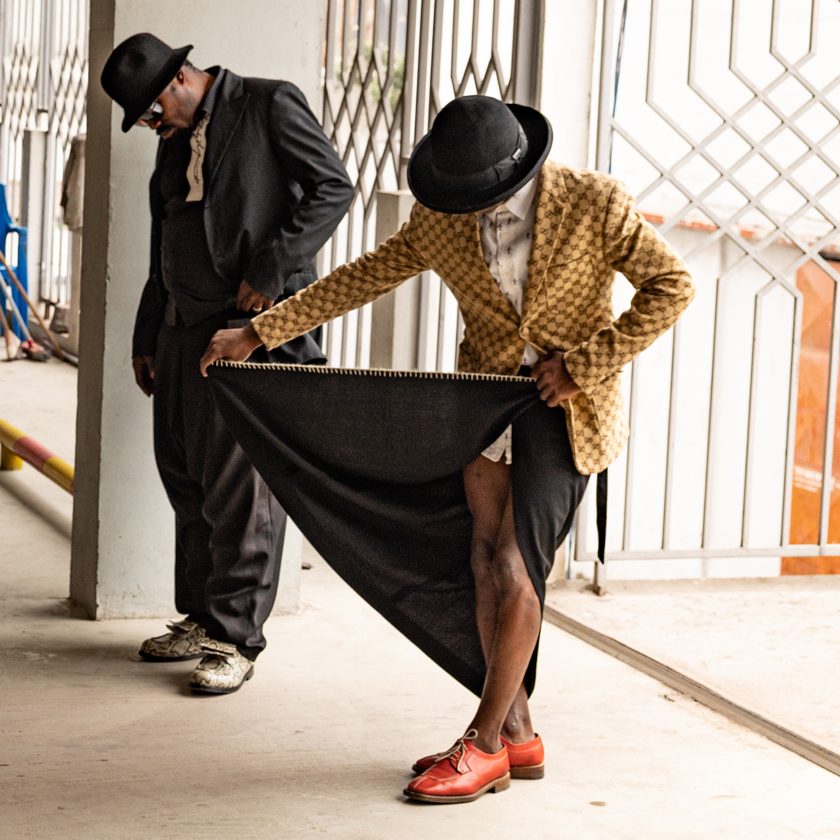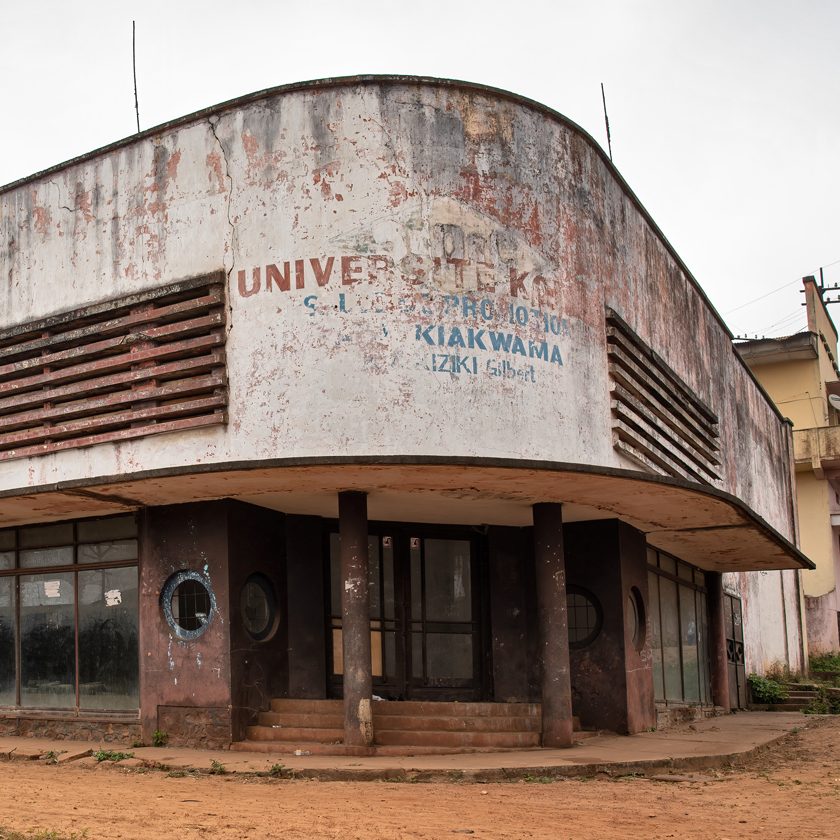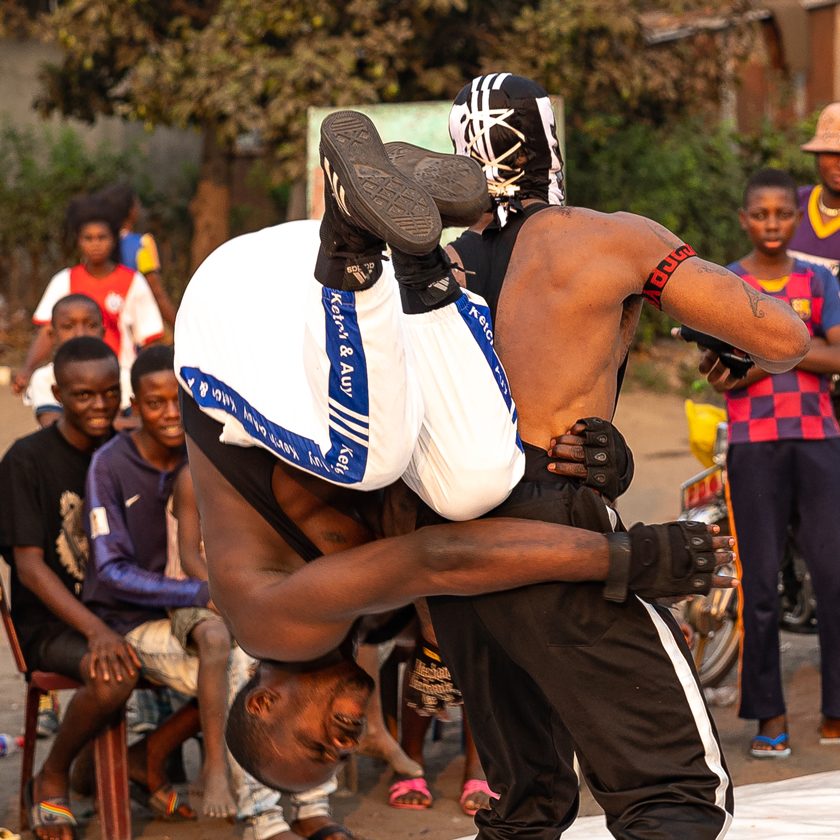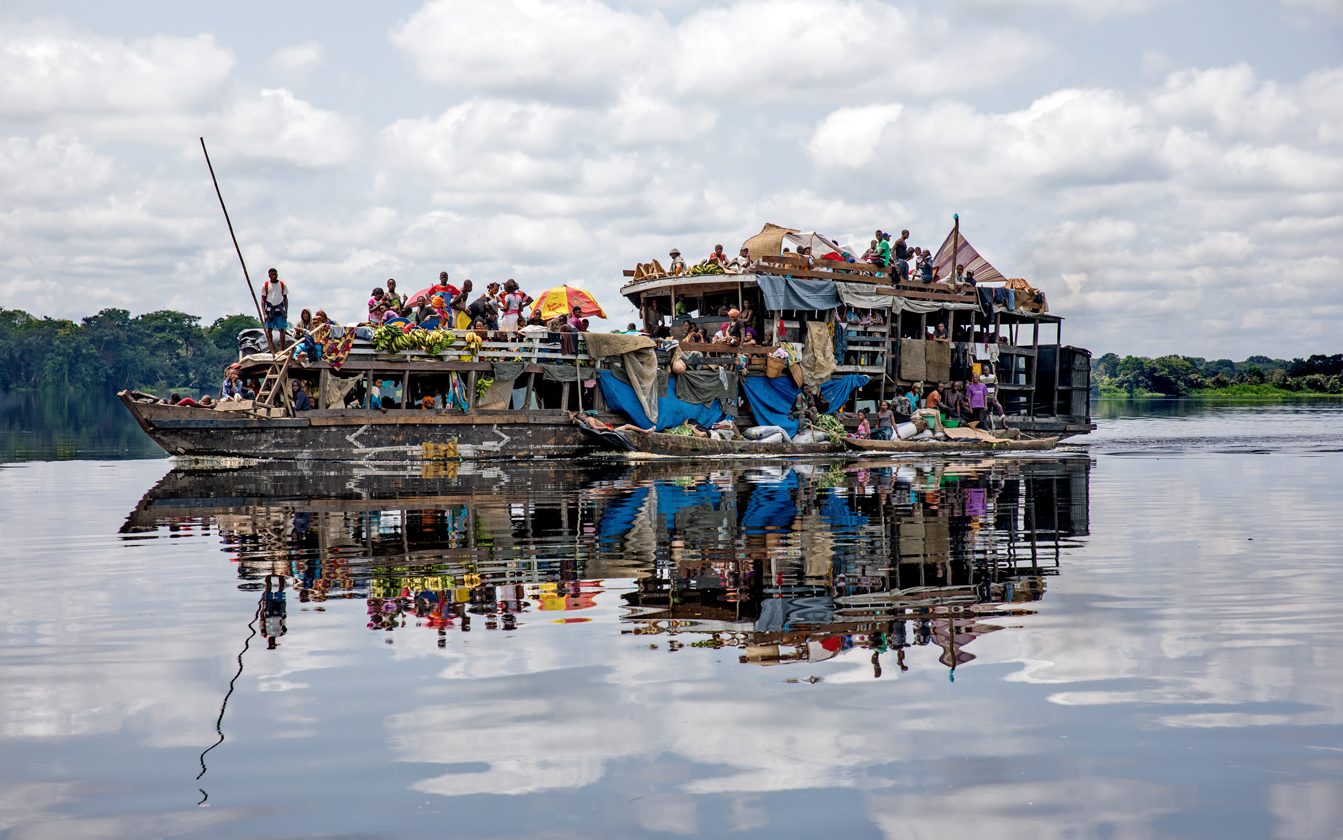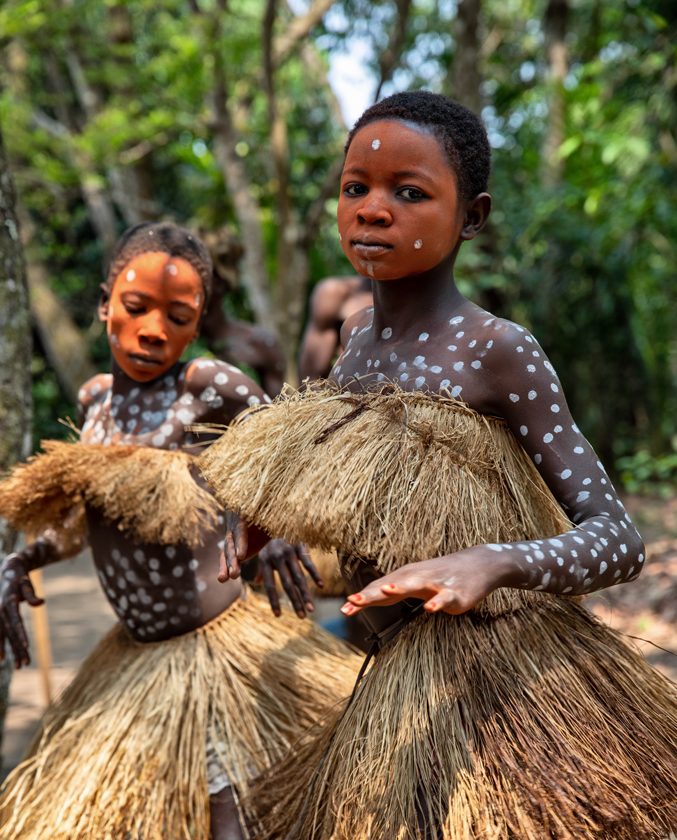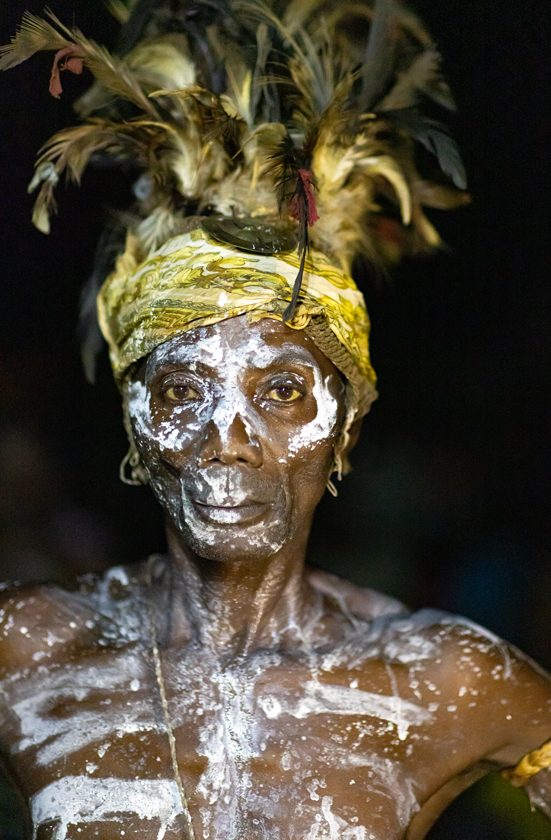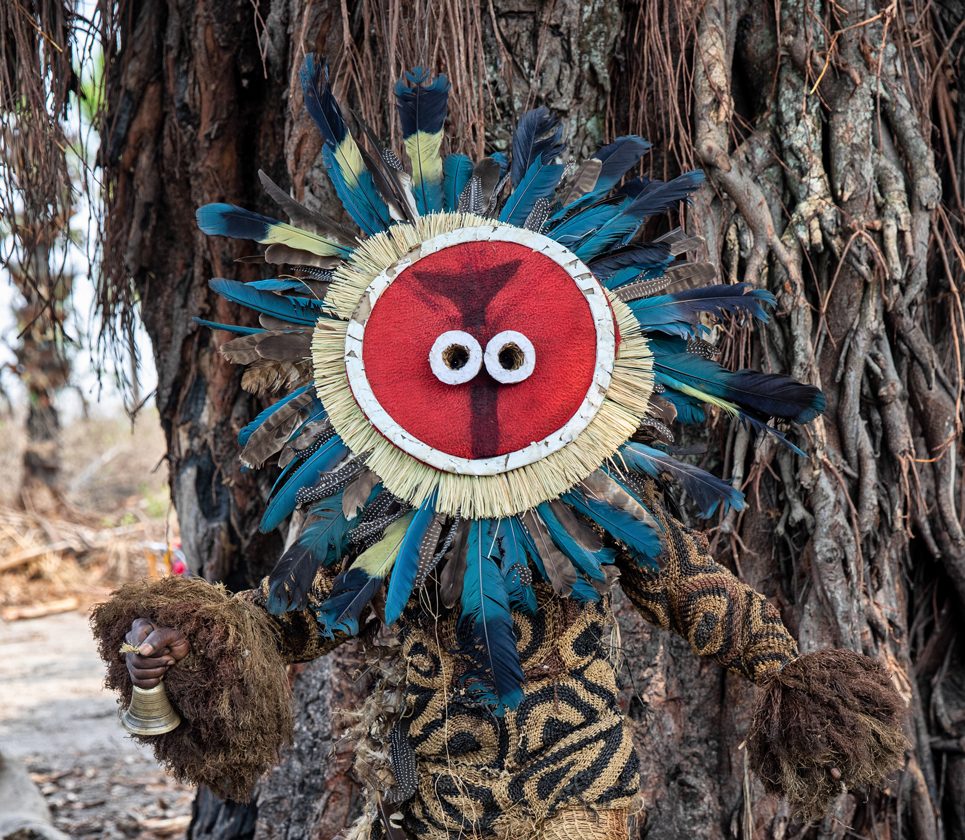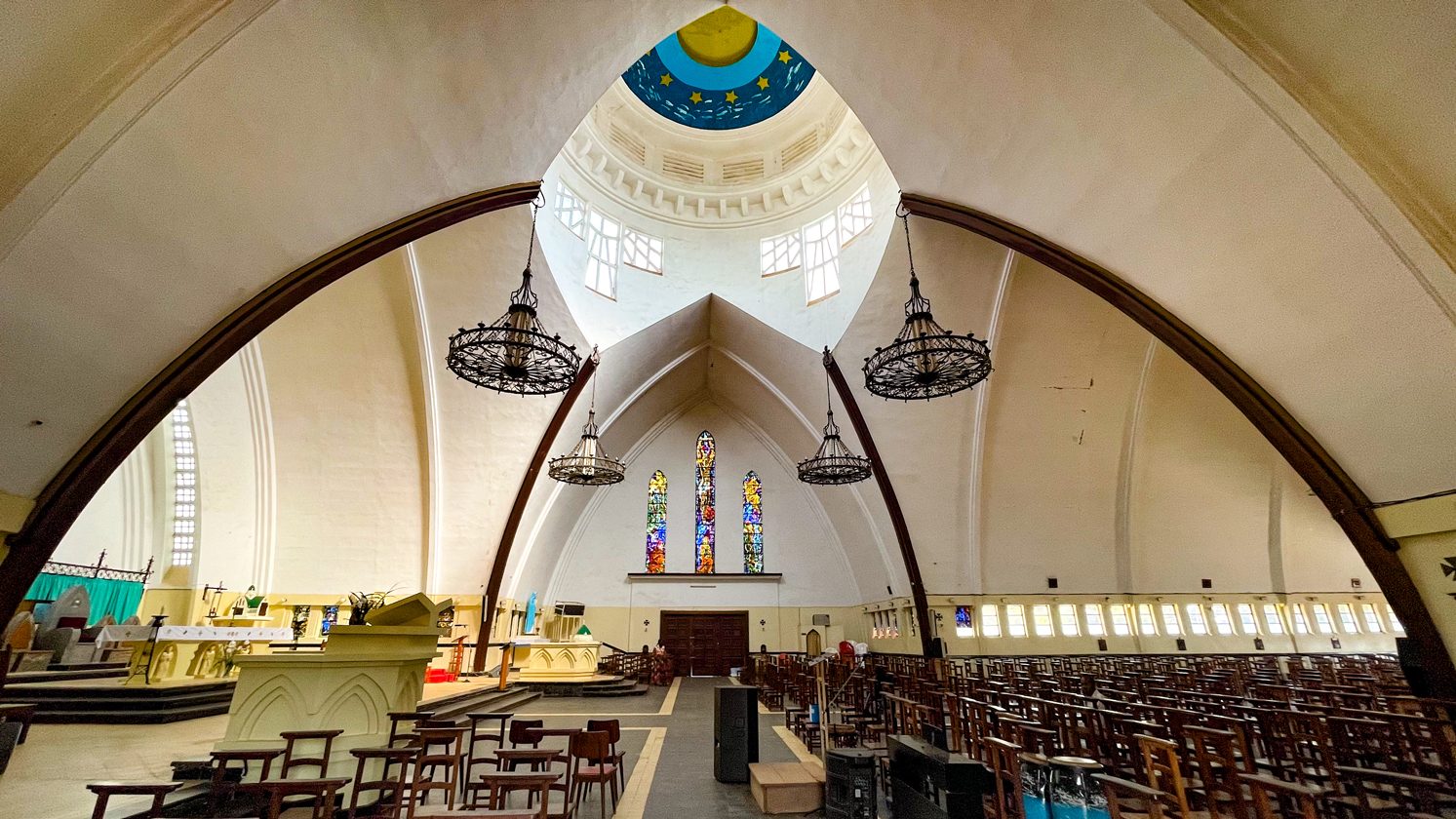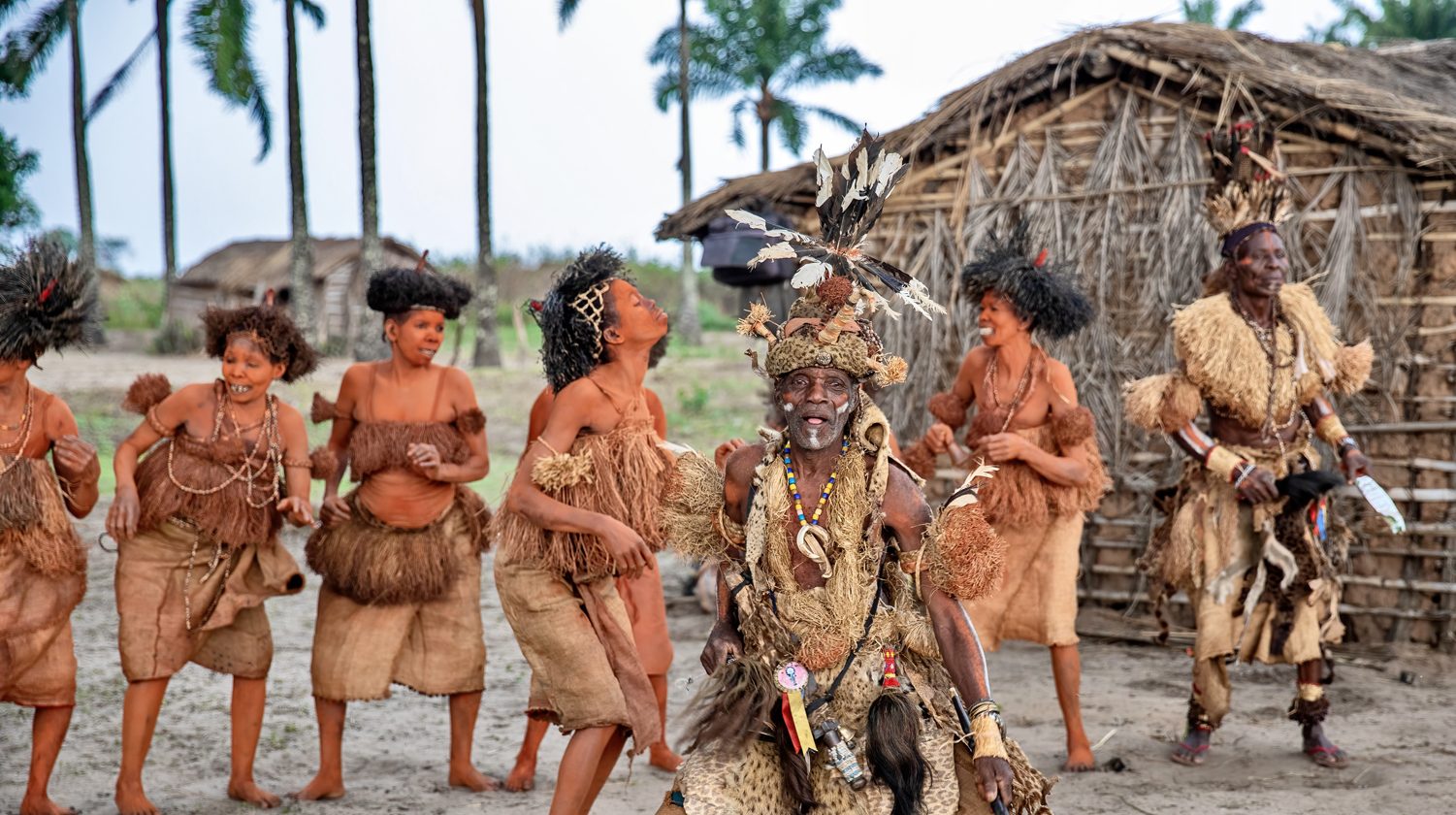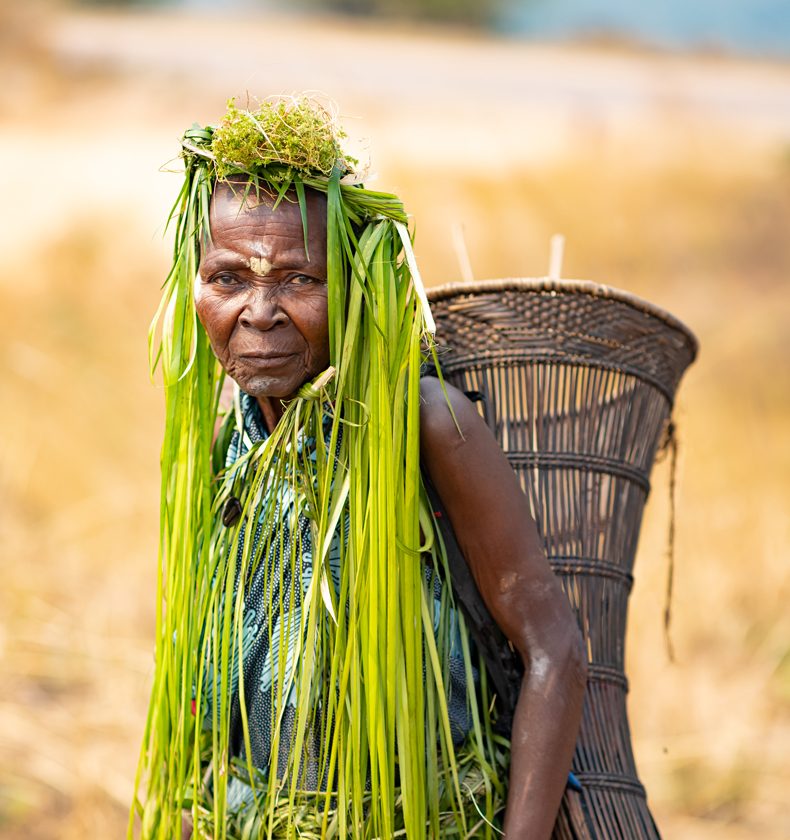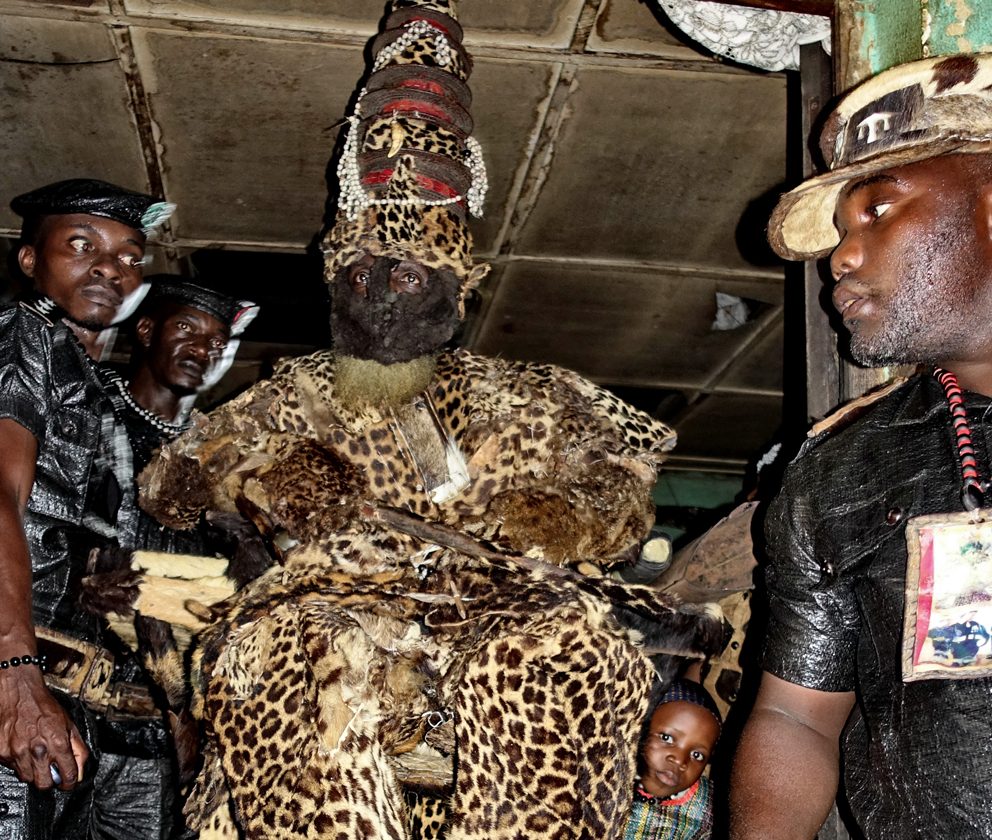Natural environment and fauna
CONGO RIVER. Navigate the mythical Congo River, seeing the atmosphere of its banks, markets, towns, canoes. Enter one of its tributaries to discover worlds stopped in time. GORILLA, BONOBOS and OKAPIS. The RD. of Congo has endemic animal species. Observing the eastern lowland gorilla and the mountain gorilla are relatively easy (it only involves hours of walking through jungle-covered mountains), but observing bonobos (a species of primate similar to the chimpanzee) or okapis is more complex and involves a real expedition that Last Places will be happy to organize for you.
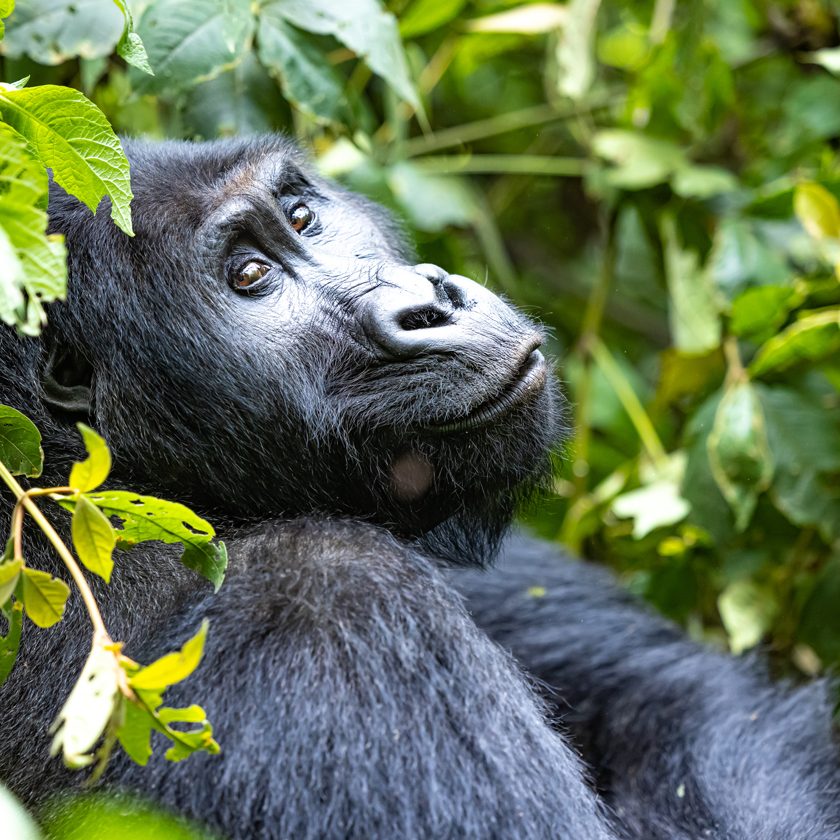
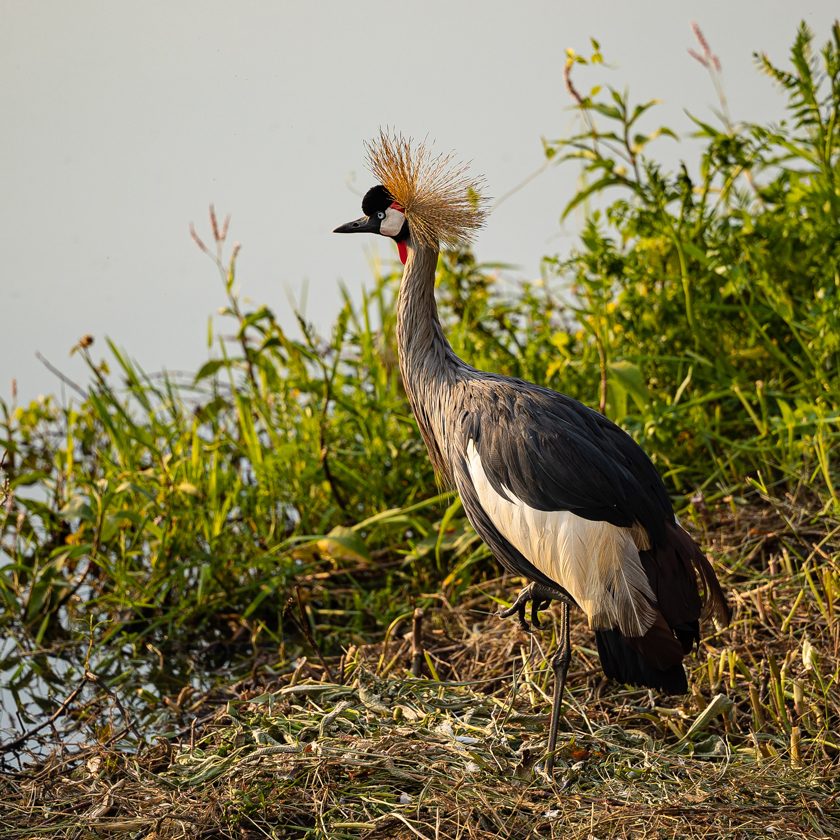
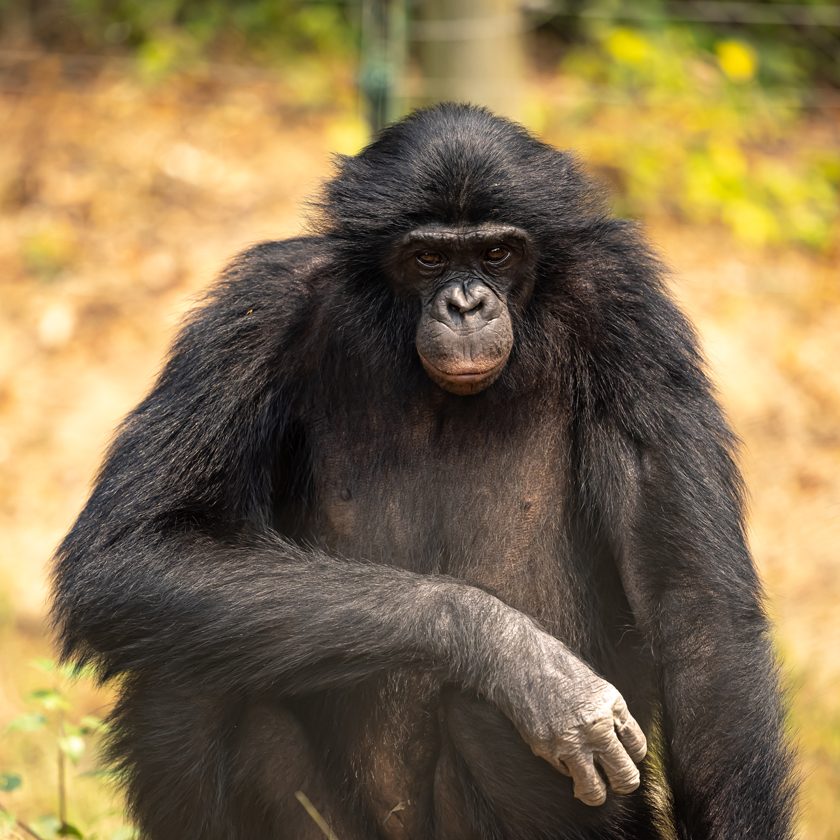
Tribes and sects
PIGMYES and WALES. In the northern jungles we find several Bantu and Pygmy groups that preserve ancestral traditions such as body painting and ceremonies and dances related to the birth of the first child. SECTS. Since decolonization (1962), various religious groups and sects have appeared that mix ancient African beliefs with aesthetic elements and Christian liturgy, inherited from European missionaries. The followers of Kimbanguism stand out, numbering several million.
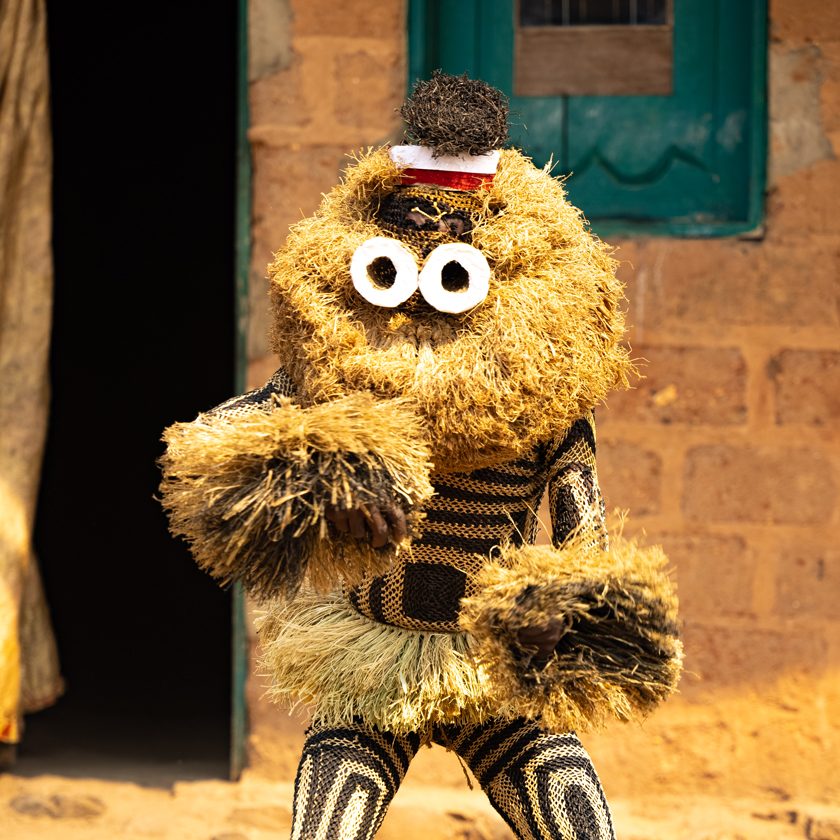
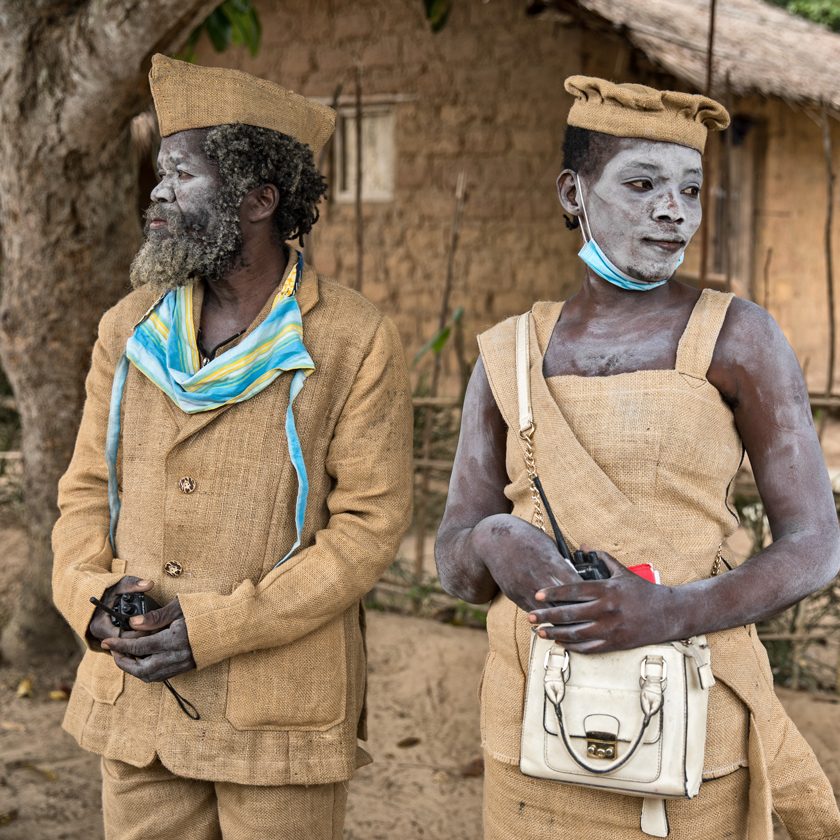
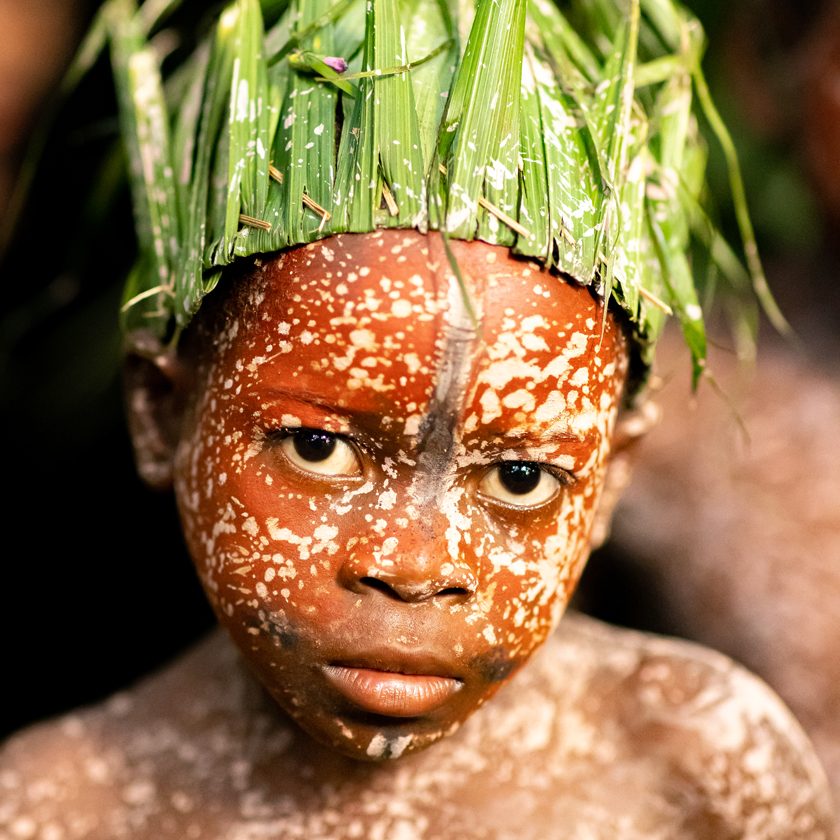
African Cosmopolitanism and Colonial Architectureal
KINSHASA. The unique creative environment of Kinshasa, an African mega-city with its own inimitable elements; the sapeurs (society of entertainers and elegant people), voodoo wrestling or fetish wrestling, suku music (Congolese salsa), the academy of fine arts, the national museum, the Forescom skyscraper with its music bar with views, and the chaotic and fascinating atmosphere of its streets. COLONIAL ARCHITECTURE. The Belgians were in Congo from 1879 to 1962 and they left not only a cultural legacy (language, customs, etc.) but also buildings adapted to the tropics and of great beauty that we can appreciate in cities such as Kinshasa, Mbanza Ngungu, Lubumbashi, Kisangani and Mbandaka.
